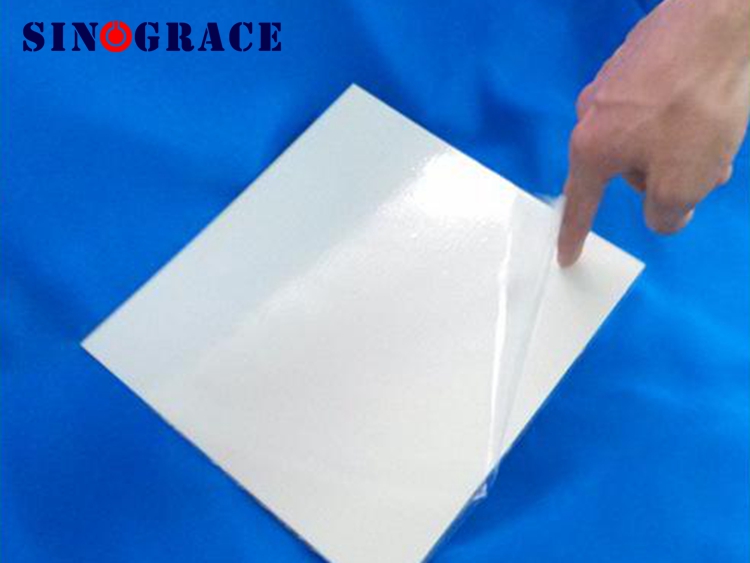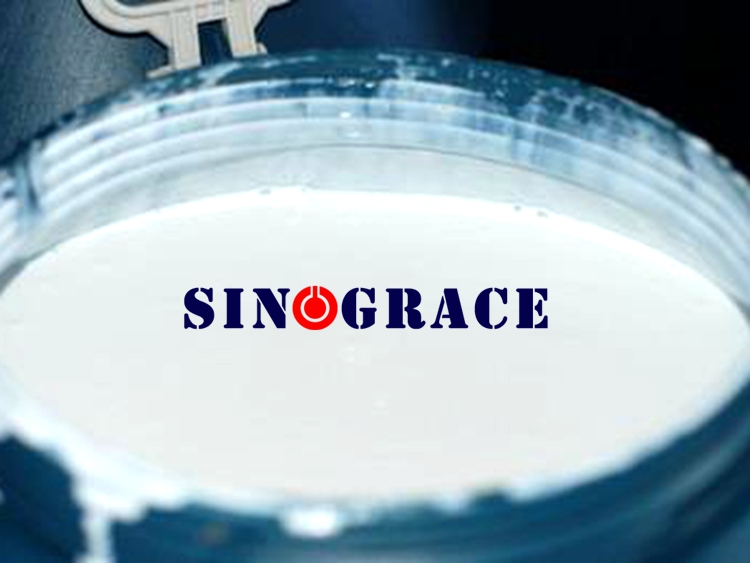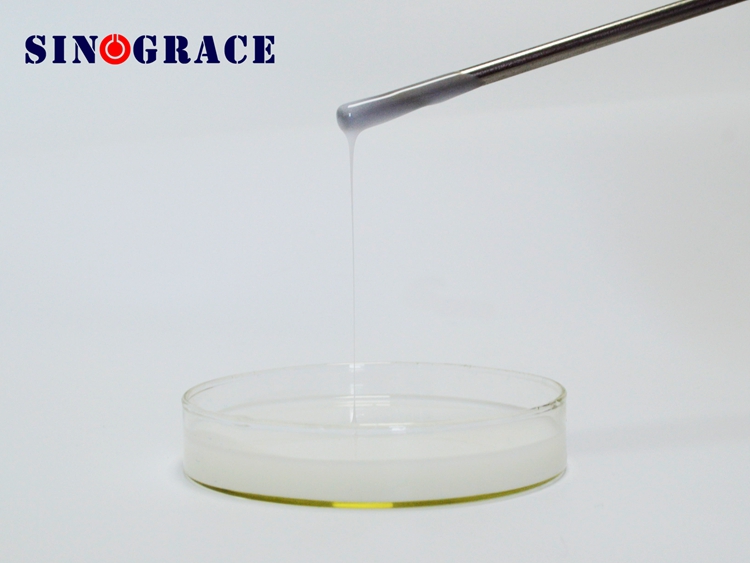The development trend of water-based pressure-sensitive adhesive
1. Water-based polyurethane pressure-sensitive adhesive for its environmentally friendly non-polluting characteristics, the future will become the ultimate direction of development of pressure-sensitive adhesive; cost slightly higher than the acrylic, generally used for relatively high-end industries. 2. Solvent-based pressure-sensitive adhesive as a result of a variety of good production performance, in the industrial insulation adhesive tape and other functional areas of pressure-sensitive adhesive, are more used to produce intermediate and advanced products varieties. 3. Compared to Acrylic acid emulsion pressure sensitive adhesive, acrylic solvent-based pressure-sensitive adhesive has poor properties in water resistance, moisture resistance and heat resistance. Improve these properties is very important, otherwise it is difficult to replace the solvent-based pressure-sensitive adhesive. 4. Hot-melt pressure-sensitive adhesive is the future direction of the development of pressure-sensitive adhesive, and rubber-type pressure-sensitive adhesive has no major technological progress in recent years. 5. Non-water dispersible pressure-sensitive adhesive used to prepare some special properties of pressure-sensitive adhesive, such as a good impression of the pressure-sensitive adhesive. 6. Curing pressure-sensitive adhesive This pressure-sensitive adhesive is pressure-sensitive adhesive when it is in contact with the surface. After a period of time, the strength of the adhesive is improved by heating and curing, anaerobic curing, coating solution, photo-cation hardening, UV reaction and so on, but still need to solve the problem of curing time, storage stability. 7. Special pressure sensitive products New features of Conductive adhesive tape, thermal pressure sensitive film, flame retardant adhesive tape, wet adhesive tape, luminous adhesive tape and other pressure-sensitive adhesive products, is being developed and research. During the development stage of pressure-sensitive adhesive production, in addition to saving resources, energy saving, reasonable technology to ensure product quality, and also should pay more attention to the environmental issues such as pressure-sensitive adhesive products after the use of recycling and waste disposal and so on. 8. Medical pressure sensitive adhesive Cross-linked polyurethane pressure-sensitive adhesive has the characters of no smell, skin irritation is small, low adhesion easy to peel, biodegradable, suitable for making protective cream, percutaneous absorption zone, long-term bandage and so on. Styrene rubber Into a pressure-sensitive adhesive tape has a good effect of sweating, paste and peeling. Polyethylene rubber pressure-sensitive adhesive tape to do temporary fixed medical tape, silicone pressure-sensitive adhesive for drug delivery products, as well as high humidity environment surgery Clo...
read more

 English
English français
français русский
русский español
español العربية
العربية








